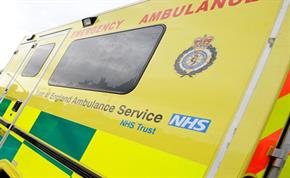
Earlier this year the National Institute of Clinical Excellence (NICE) guidelines for sepsis were updated, with the main message being that all clinicians should automatically question whether a patient has the condition.
In the same way we assess whether a patient presenting with chest pain is having a heart attack, we need to consider whether every patient presenting with an infection could have sepsis.
If a patient is identified as being high-risk, NICE says they should be rushed to hospital in an ambulance. Once in hospital, they should be seen by a senior doctor or nurse straightaway who can start treatment.
Most patients won’t have sepsis but for the most critically ill, making this consideration can be life-saving.
The UK Sepsis Trust has released new toolkits to make it easier for clinicians to recognise the condition, which EEAST’s Head of Clinical Quality, Tracy Nicholls, worked on with the charity.
Tracy said: “There is lots of excellent work being done across the organisation on sepsis and EEAST clinicians are ahead of the game in recognising the condition.
“These new toolkits should replace the old ones so that we continue to help patients who have this life-threatening condition.”
Sepsis screening should be done as a two-part process; confirming that a patient may have sepsis and screening for the level of severity of sepsis. If any red or amber flags or septic shock is confirmed, treatment should be rapidly initiated.
The toolkits are available to download below:
The toolkits will be available to view on EEAST’s clinical app when it is released and will be printed for all clinicians in the near future. For more information on the new guidelines, please visit the NICE website.
Published 27th October, 2016